Dealing with a cat that struggles with separation anxiety can be a challenging yet rewarding experience. Cats, often perceived as independent creatures, can nonetheless form strong attachments to their human companions. When left alone, some may exhibit signs of stress and anxiety. Understanding and managing your feline friend’s separation anxiety is crucial for their well-being and your peace of mind. In this guide, we’ll explore strategies and tips on how to handle a cat with separation anxiety.
Understanding Separation Anxiety in Cats
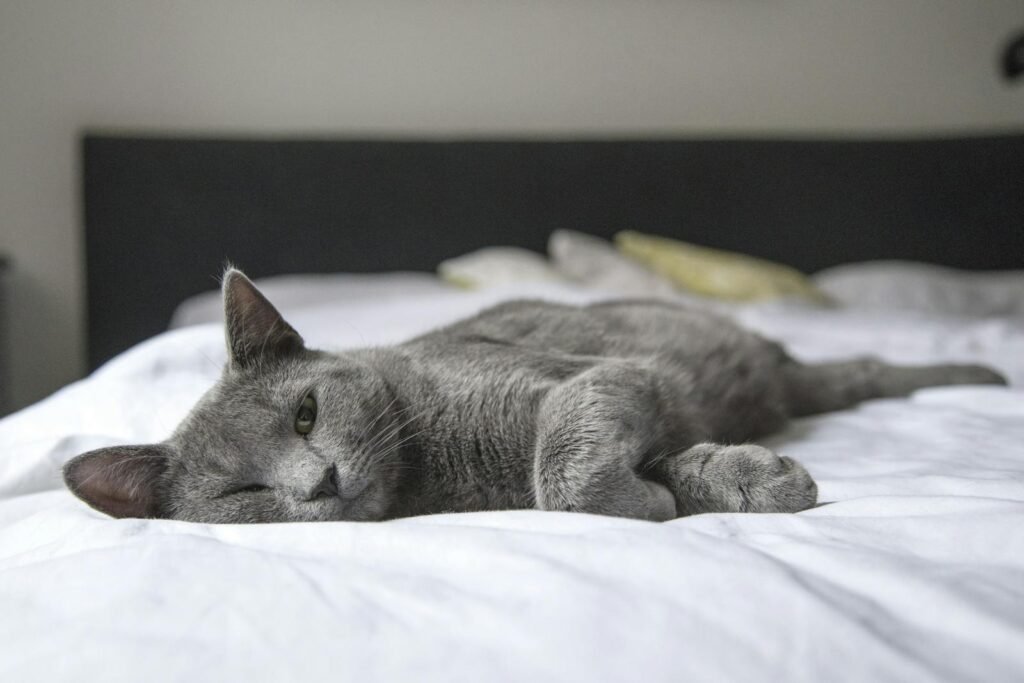
Separation anxiety in cats is an emotional state where a cat becomes stressed due to the absence of their owner. While it is more commonly associated with dogs, cats can also experience overwhelming feelings of distress when left alone. Recognizing the signs and understanding the causes are the first steps in addressing this issue.
Identifying Symptoms of Separation Anxiety
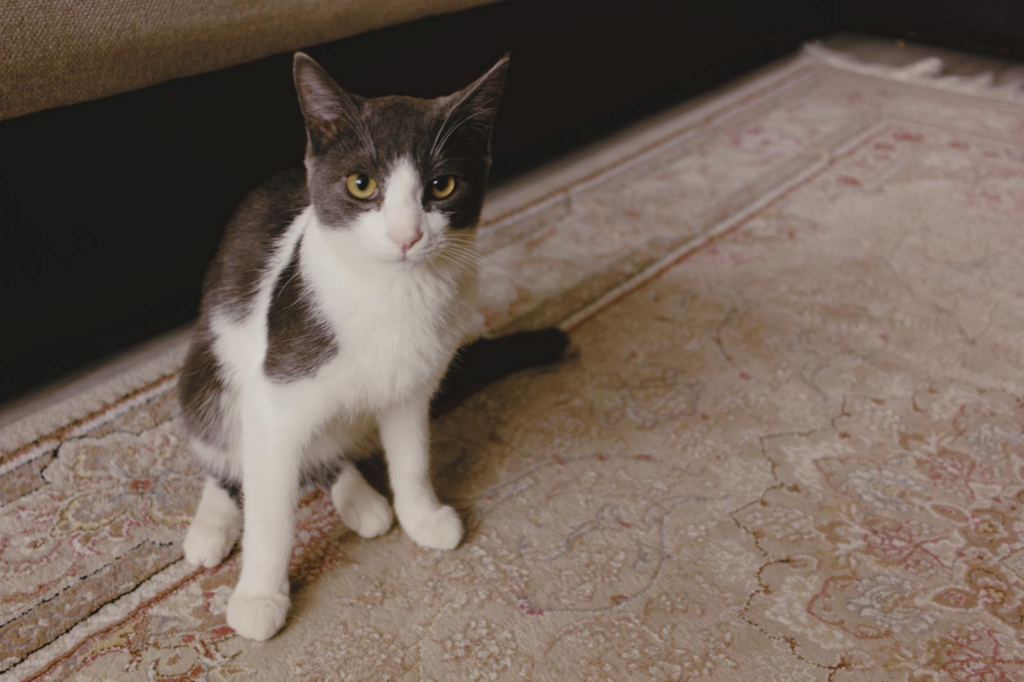
The signs of separation anxiety in cats can vary but often include excessive vocalization, destructive behavior, inappropriate urination or defecation, and excessive grooming. If these behaviors occur primarily when the cat is left alone, it may indicate anxiety.
Creating a Safe and Stimulating Environment
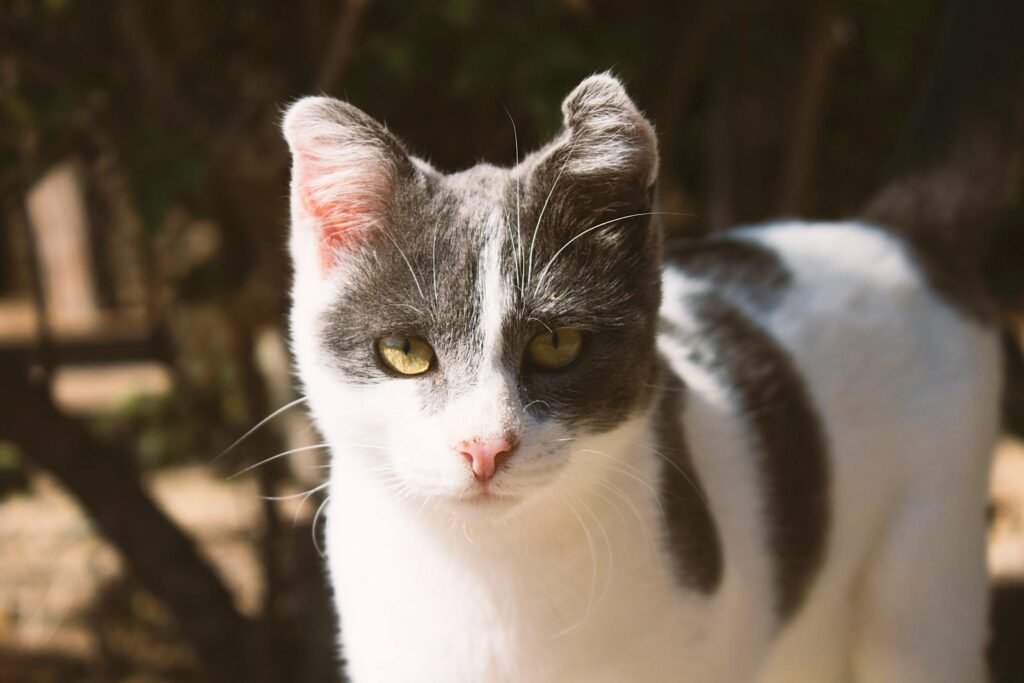
A cat with separation anxiety will benefit from a safe and comforting environment enriched with stimulating activities. Place toys, scratching posts, and cozy resting areas around the home to provide mental and physical stimulation while you’re away. This can help distract and entertain your cat during your absence.
Developing a Consistent Routine

Establishing a consistent routine is vital in preventing separation anxiety. Cats thrive on predictability, so feeding, playing, and relaxing at the same times each day can create a sense of stability. A predictable routine can help reduce your cat’s stress when you leave the house.
Gradual Departure Training
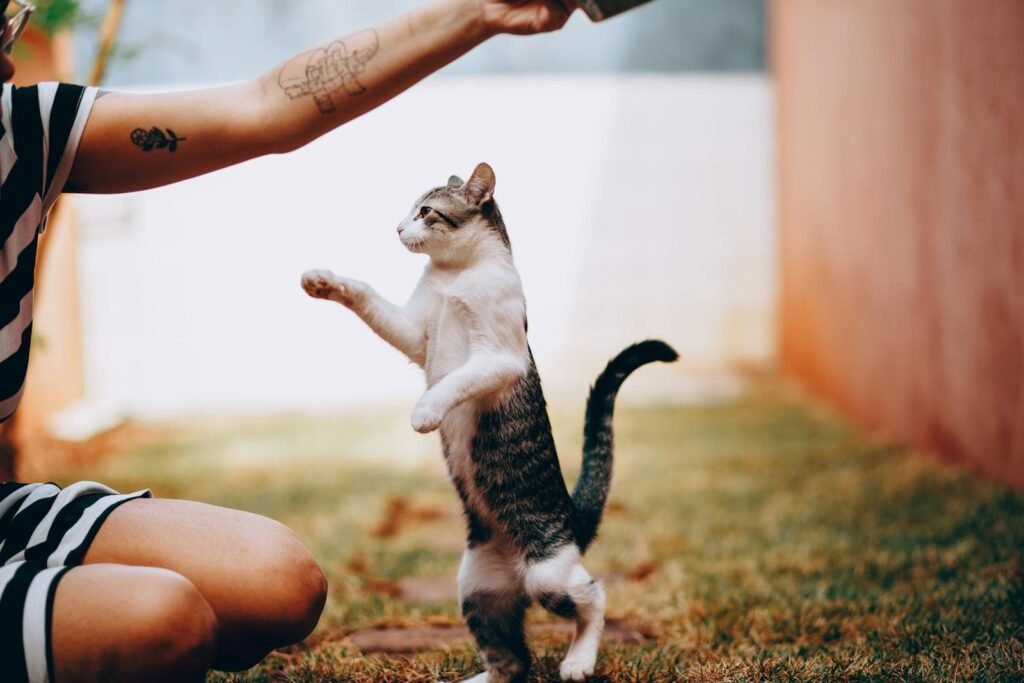
Train your cat to become comfortable with your departures. Start by leaving the house for short periods and gradually increase the time away. This teaches your cat that your absence is temporary and you will return, helping to alleviate anxiety over time.
Providing Interactive and Puzzle Toys
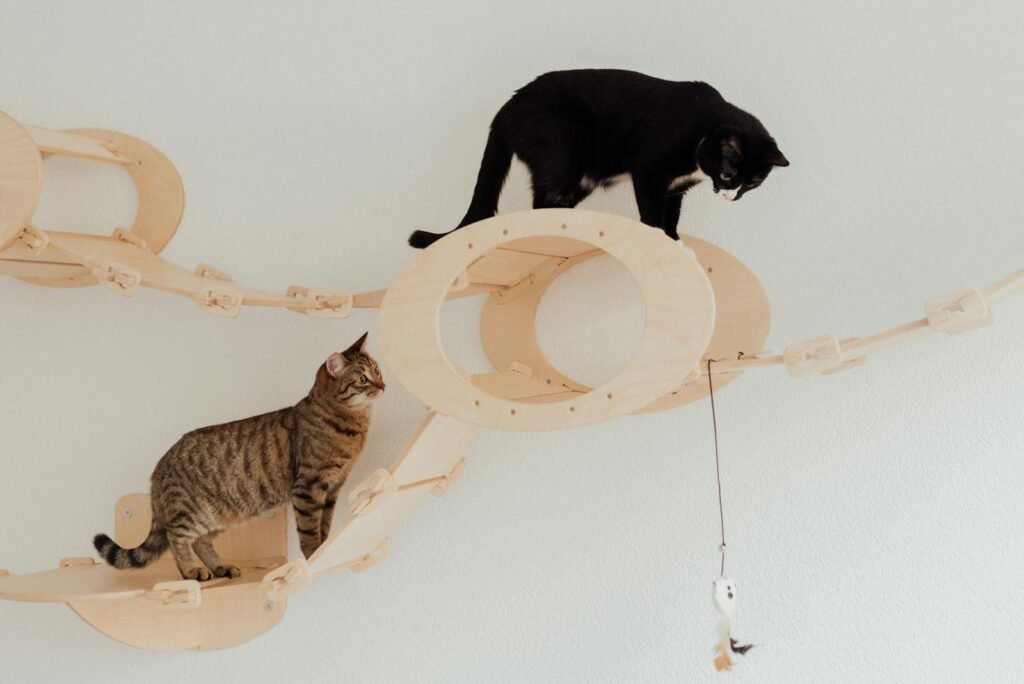
Interactive and puzzle toys can keep your cat engaged and mentally stimulated when you’re not around. These toys can provide challenge and entertainment, which can help divert attention from your absence and reduce anxiety levels.
Introducing Calming Products
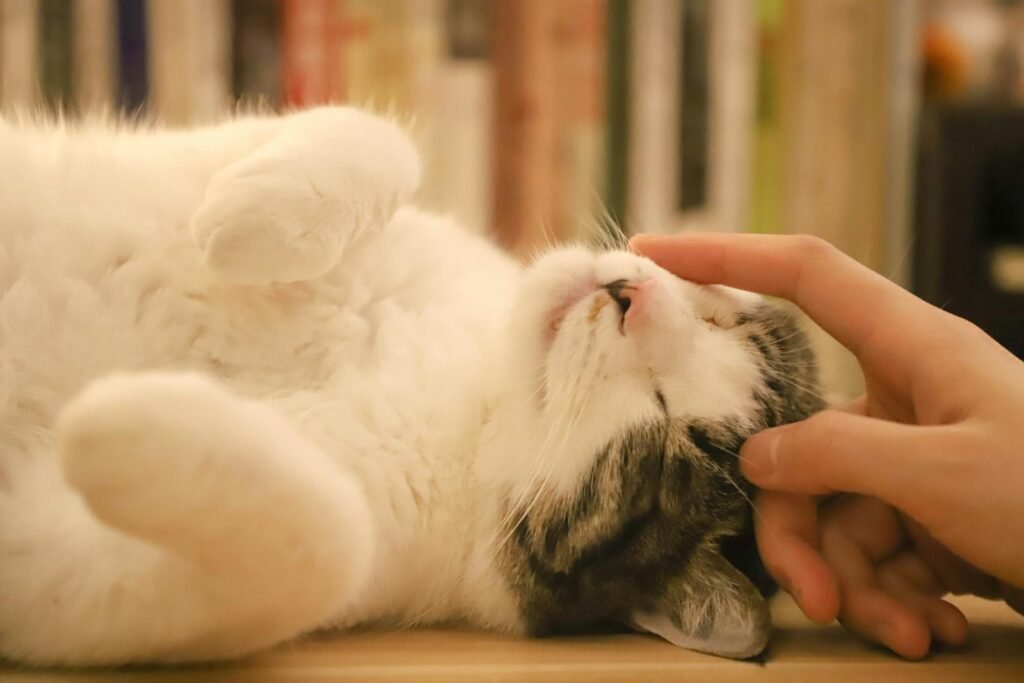
There are various calming products available, such as pheromone diffusers, sprays, and calming collars, designed to soothe anxious cats. Pheromone products mimic the natural scent of a cat and can have a calming effect, making your cat feel more secure.
Encouraging Independent Play
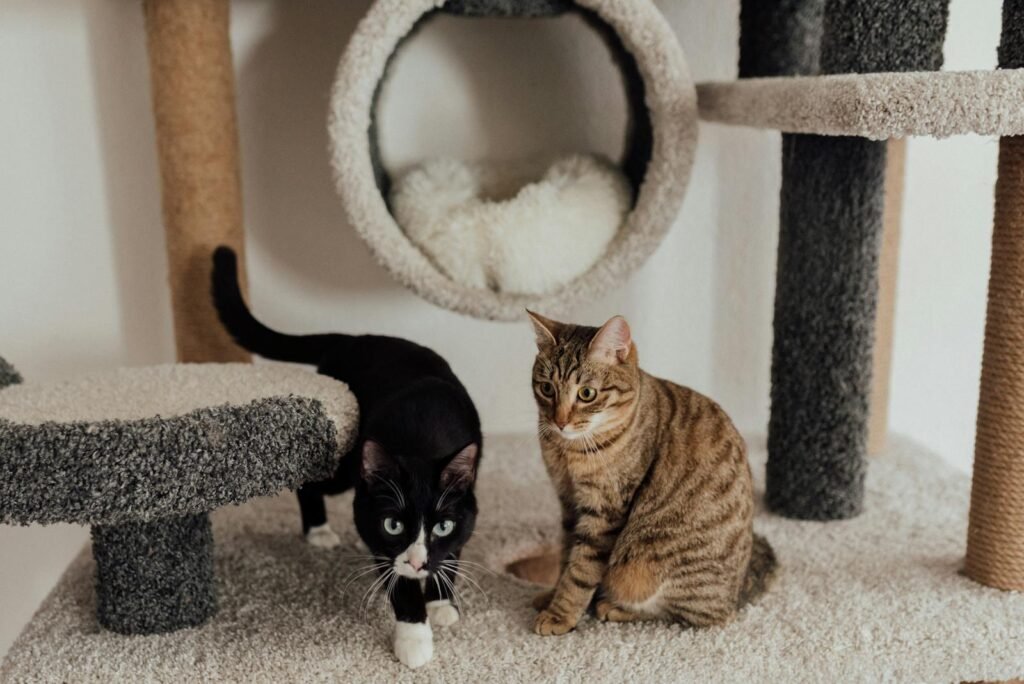
Encourage your cat to engage in independent play by occasionally modifying toys to keep them interesting. Rotate the toys every few days to maintain fresh stimulation, supporting your cat’s ability to self-soothe and stay entertained while alone.
Seeking Professional Help
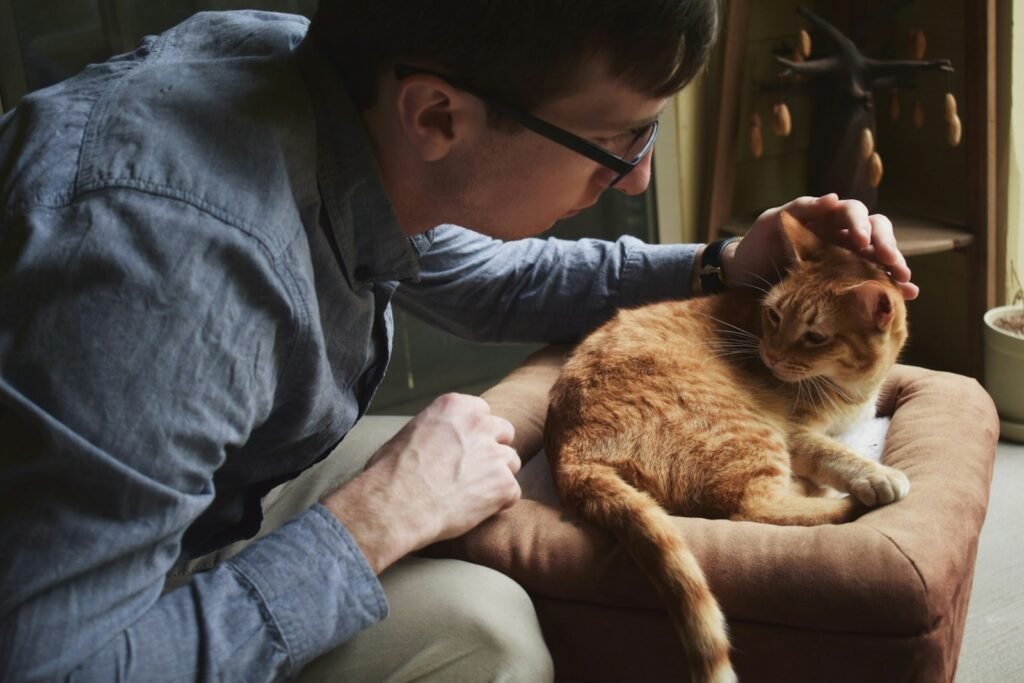
If your cat’s anxiety persists despite your efforts, consider consulting a veterinarian or a professional animal behaviorist. They can provide expert guidance and, in some cases, recommend behavioral therapy or medication to help manage your cat’s anxiety.
Building Trust and Security
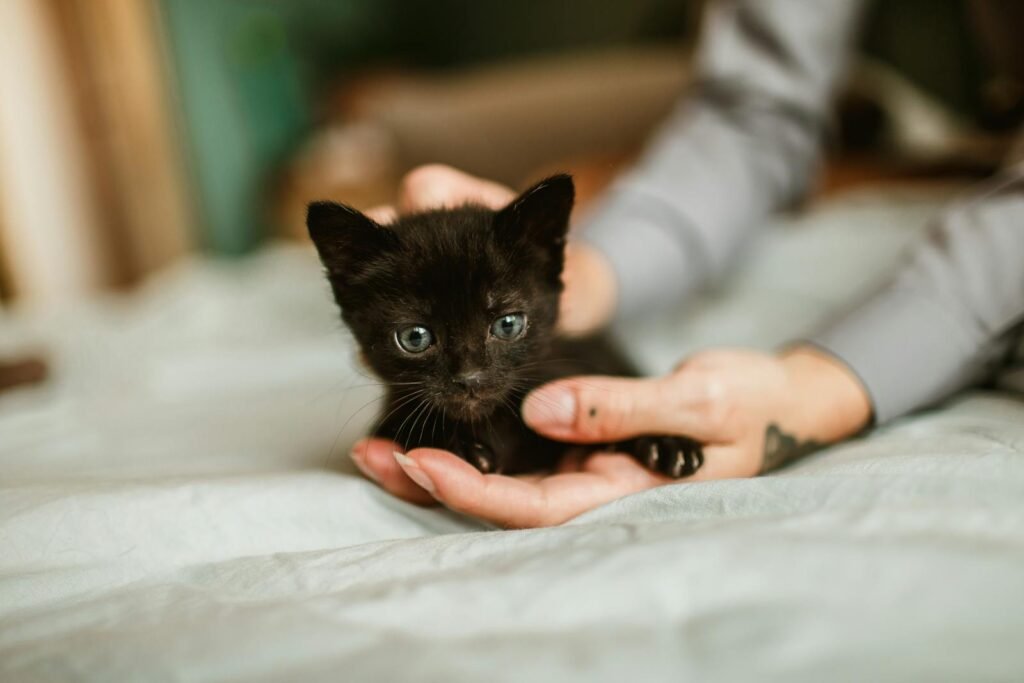
The foundation of combating separation anxiety is building trust and security with your cat. Spend quality time with your feline friend, engage in bonding activities, and be attentive to their needs and comfort. This connection can help reduce anxiety and contribute to their overall happiness.
In conclusion, managing a cat with separation anxiety requires patience, understanding, and a tailored approach. By providing a comforting environment, engaging activities, and consistent routines, you can help alleviate your cat’s anxiety and promote a harmonious living environment. Each cat is unique, so it may take some trial and error to find the most effective strategies. However, with dedication and love, you can help your feline companion feel more secure and happy, even when you’re not physically present.

Suhail Ahmed is a passionate digital professional and nature enthusiast with over 8 years of experience in content strategy, SEO, web development, and digital operations. Alongside his freelance journey, Suhail actively contributes to nature and wildlife platforms like Feline Fam, where he channels his curiosity for the Feline into engaging, educational storytelling.
With a strong background in managing digital ecosystems — from ecommerce stores and WordPress websites to social media and automation — Suhail merges technical precision with creative insight. His content reflects a rare balance: SEO-friendly yet deeply human, data-informed yet emotionally resonant.
Driven by a love for discovery and storytelling, Suhail believes in using digital platforms to amplify causes that matter — especially those protecting Earth’s biodiversity and inspiring sustainable living. Whether he’s managing online projects or crafting wildlife content, his goal remains the same: to inform, inspire, and leave a positive digital footprint.






